




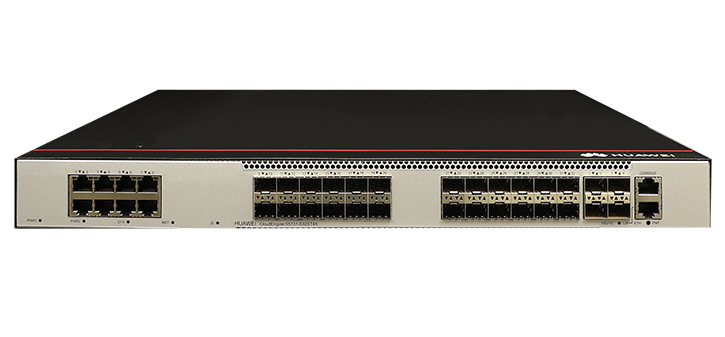
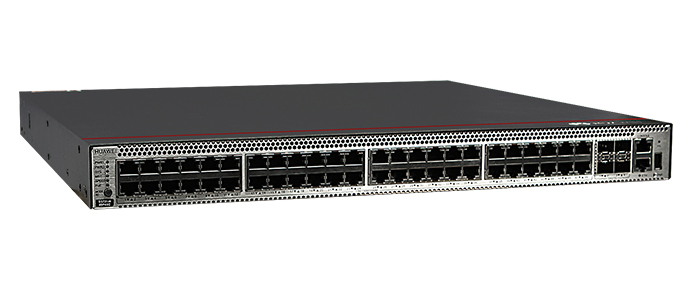

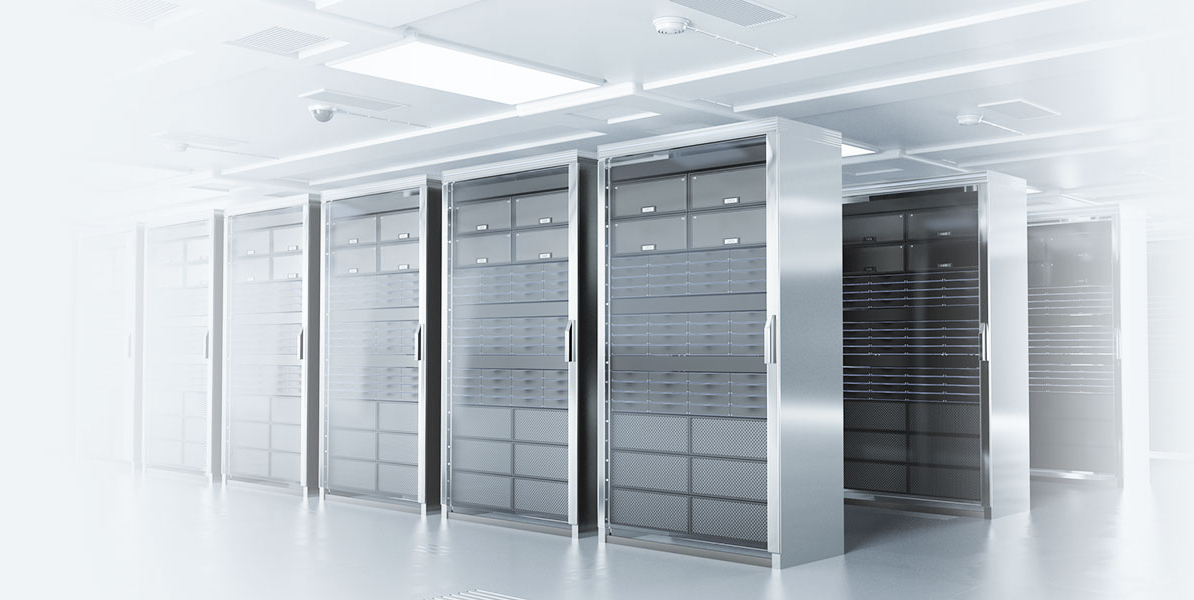
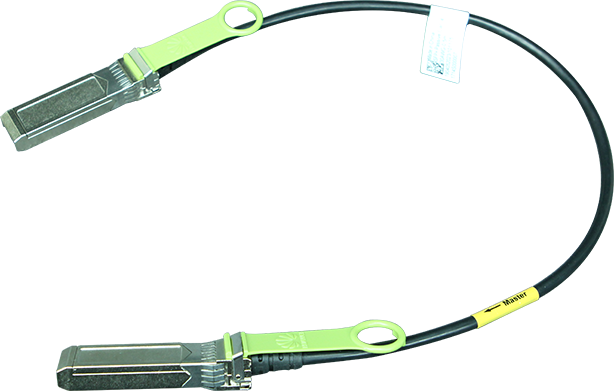
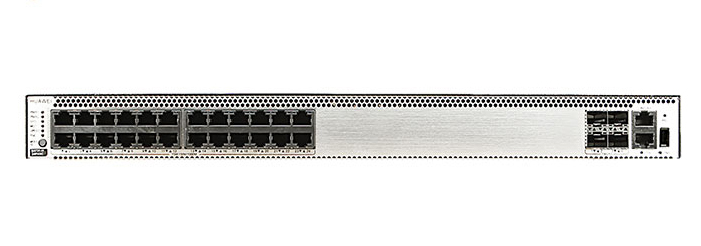
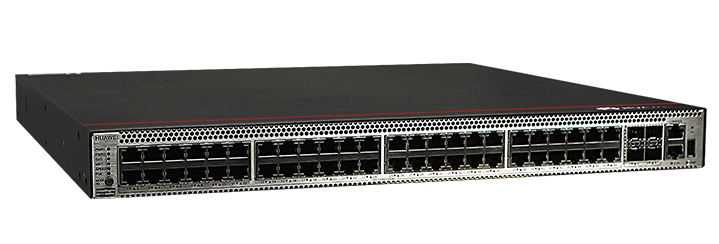


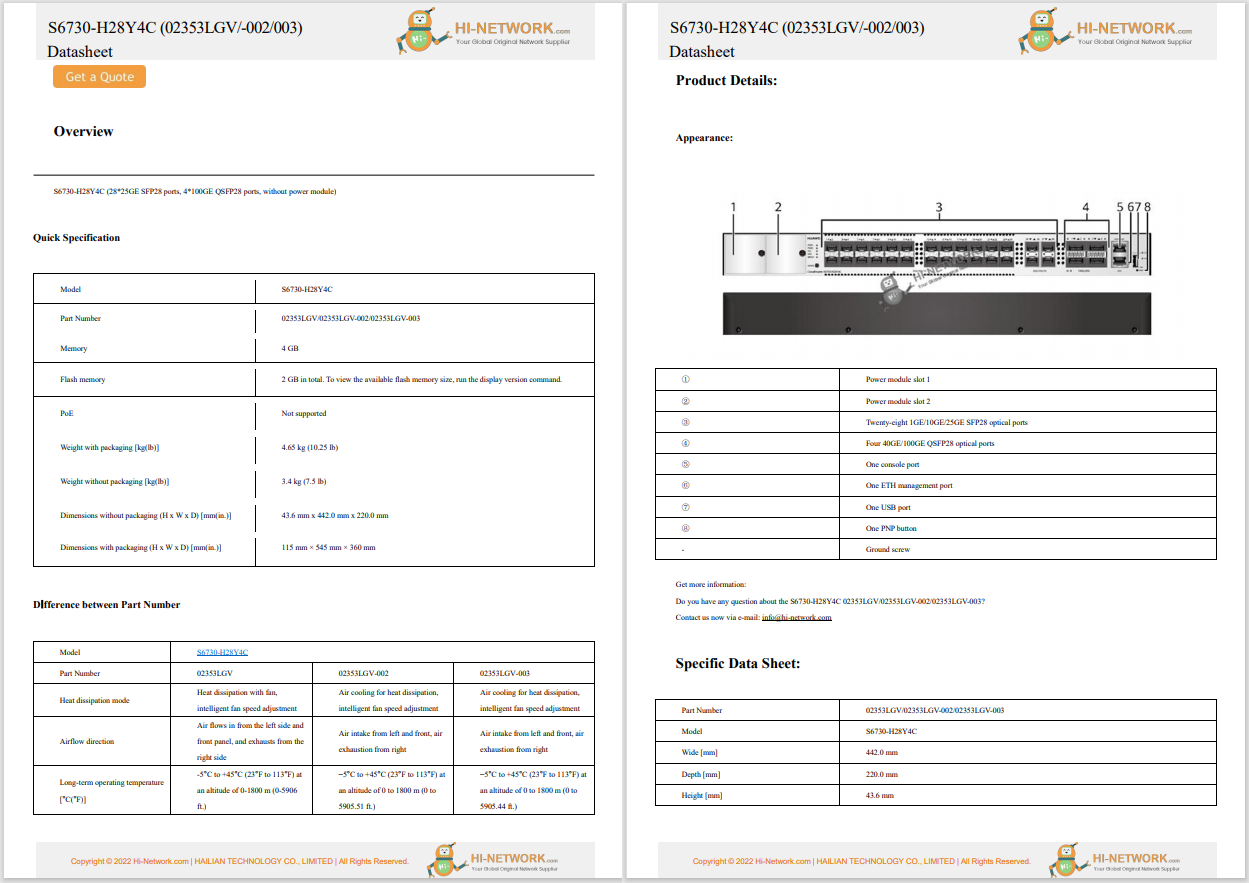


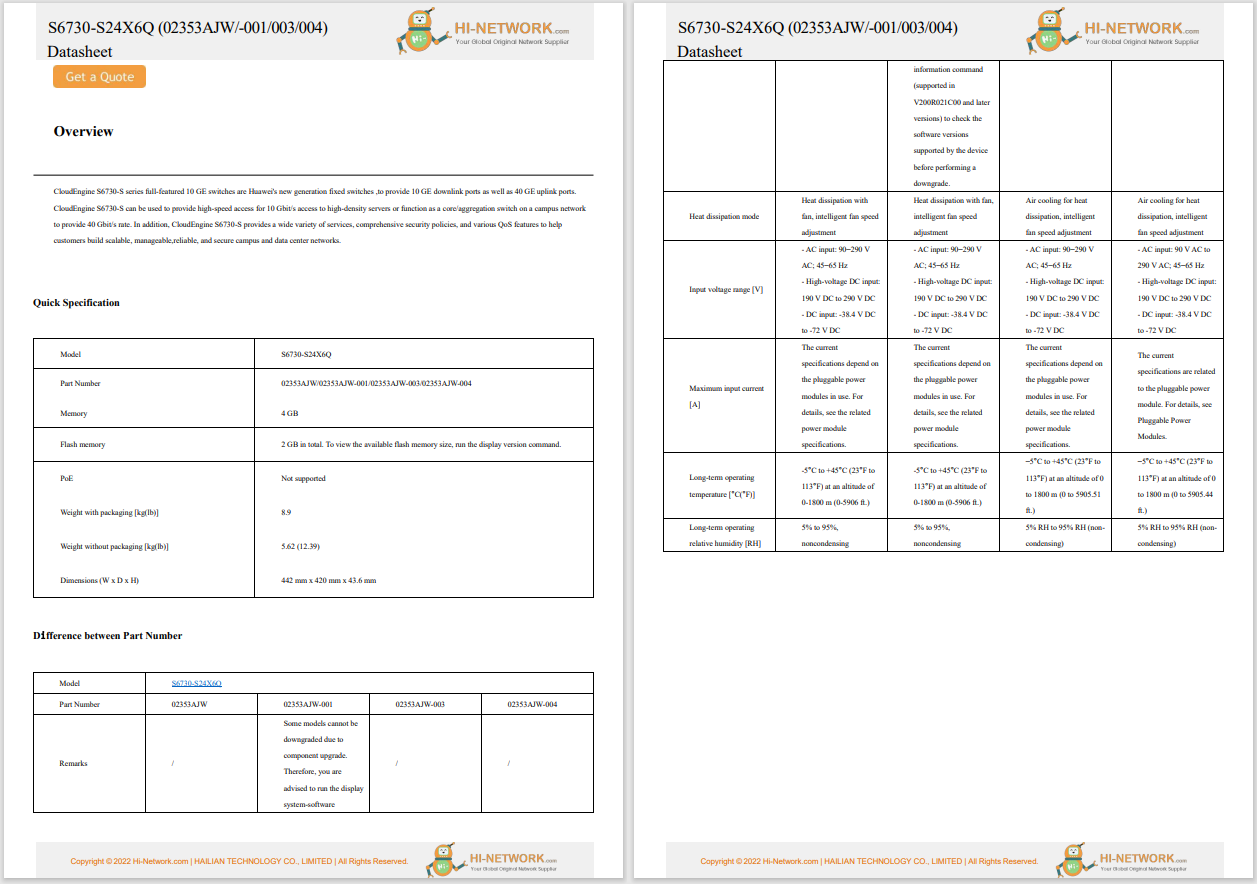

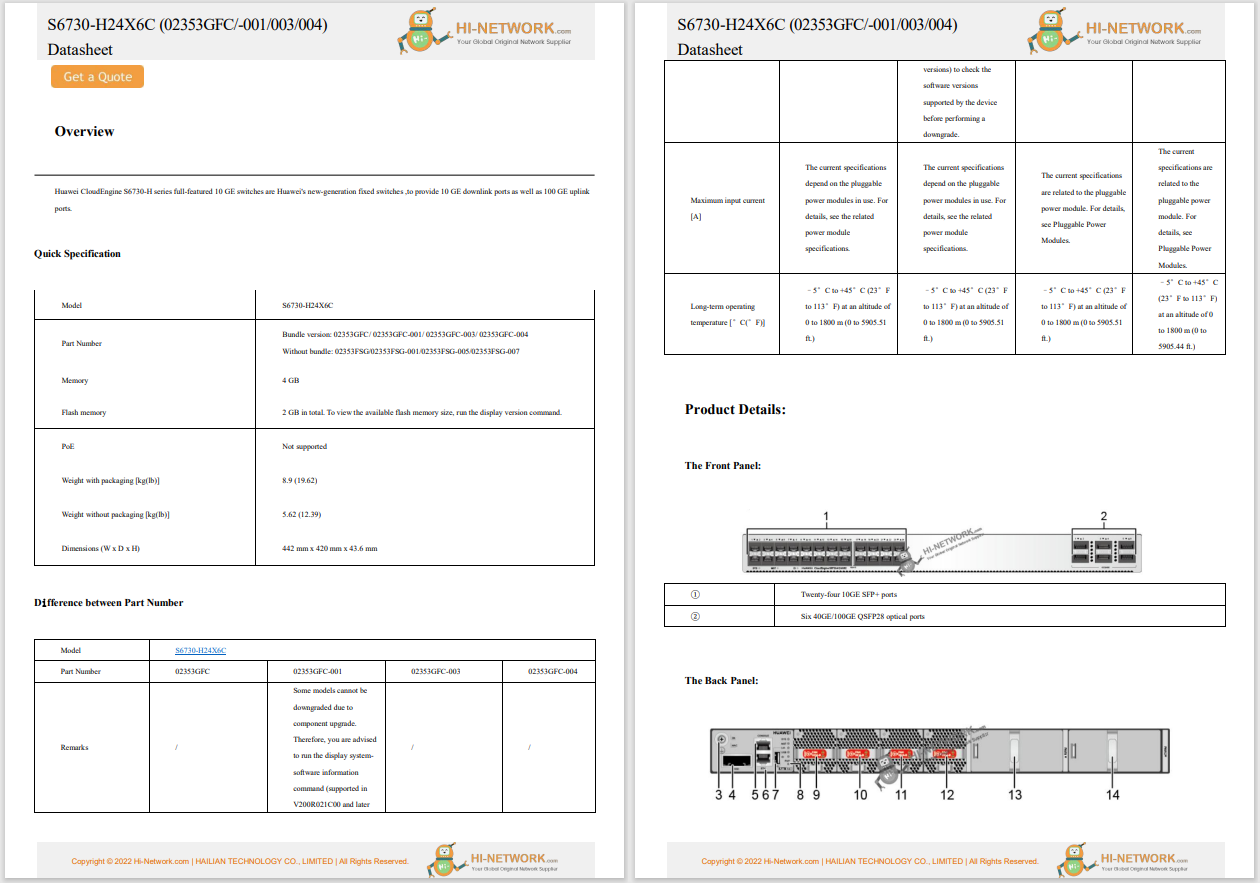
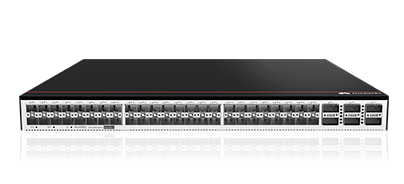

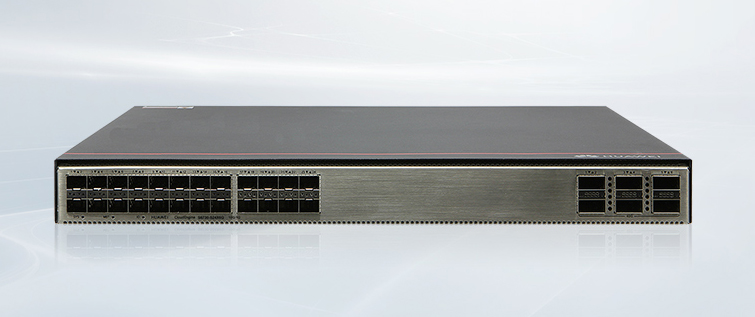


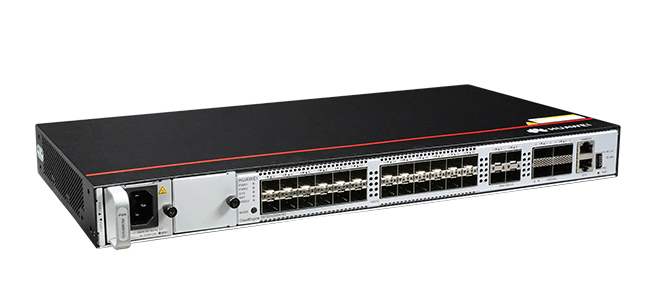
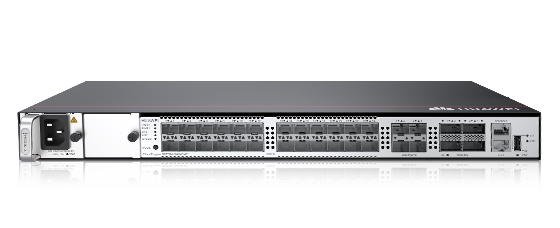
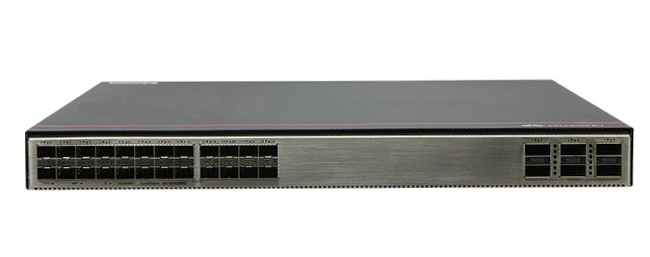


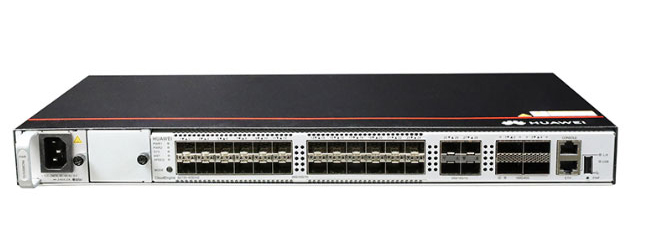


On Oct. 14, 2025, Windows 10 will officially reach its end of life. Some of your older PCs will be unable to upgrade to Windows 11.
Also: Windows 10 PC can't be upgraded? You have 5 options and 6 months to take action
What should you do? Of course, you can buy a new PC with Windows 11 already installed, but thanks to tariffs, we can expect computer prices to rise. Some people are still buying Windows 11 PCs, but that still leaves you with a perfectly good, albeit soon no longer secure to run, Windows 10 machine. Or perhaps you simply don't have the money to buy a new PC.
In either case, you should consider upgrading your old computer to Google's ChromeOS Flex.
It's a free, cloud-first operating system from Google designed to modernize and extend the life of existing Windows PCs and Macs by replacing their original operating systems with a fast, secure, and easy-to-manage alternative.
It is based on Chromium OS -- the open-source foundation for ChromeOS -- and brings many of the same features and benefits found on Chromebooks to a broader range of hardware.
If you can use a web browser, you can use ChromeOS Flex. It's that simple.
Also: 7 reasons why a Chromebook is the best laptop for most people
What ChromeOS Flex can't do is run your standalone Windows applications. However, it can run Microsoft 365 and other Microsoft Software-as-a-Service (SaaS) applications. You simply log in to the relevant Microsoft web portals and use the applications as you would on any other operating system. You can also use any files you've stored on Microsoft OneDrive just as you normally would.
For that matter, if you want to use ChromeOS Flex in a Windows business environment, you can do that too. It supports Single Sign-On (SSO) and integrates with Microsoft Entra ID (formerly Azure AD). This enables users to log in once and access Microsoft 365 web apps seamlessly. IT admins can also preconfigure and pin Microsoft 365 web apps for users, manage file associations, and enforce cloud storage policies from the Google Admin console. In short, ChromeOS Flex works well for both businesses and individuals.
Security is its top priority. It includes automatic updates, data encryption, and sandboxing to protect against malware and online threats. There has never been a ChromeOS Flex ransomware attack. Additionally, you don't need traditional antivirus software.
ChromeOS Flex is also fast. Even on PCs that are slowing down due to age and Windows software clutter, it can run quickly. The operating system is lightweight and optimized for speed, with boot times as fast as six seconds and no slowdowns over time. It can breathe new life into older hardware that struggles with Windows 10 and can't run Windows 11 at all.
For example, one of my favorite old PCs is a Dell Inspiron One 2320. This all-in-one (AIO) computer, with a 2.4GHz Intel Pentium Dual-Core i5 processor, 6GB of RAM, an NVIDIA GeForce GT525M, and a 320GB hard drive, was a great machine... in 2012. Thirteen years later? Not so much.
Also: Microsoft still has a massive Windows 10 problem - and there's no easy way out
However, this once Windows 7 PC still features a 23-inch HD display. What it can't do is run Windows 10 well, and let's not even talk about Windows 11. I could run Linux on it, but I already have several Linux PCs, so I tried something different: I decided to install ChromeOS Flex on it.
I had left Windows 7 on this machine, which was a dedicated accounting system. I had disconnected it from the Internet, though, since running Windows 7 on an Internet-connected PC is essentially asking to be hacked. That will also soon be true for most Windows 10 PCs. Like most old Windows PCs, it had slowed to the point where it was essentially useless. Just booting it up would take -- no exaggeration -- three minutes.
ChromeOS Flex is fundamentally a Linux system and can run on low-powered computers. Don't let the word "Linux" scare you. You'll only see it if you dig deep into the system, and there's no reason for most users to ever do that. Oh, and how little processing power do you need for ChromeOS Flex? Barely anything. According to Google, ChromeOS Flex's minimum requirements are:
It boils down to the fact that if you have a PC built in 2010 or later, it should work. It might work with even older components if you're feeling adventurous. However, if you're running a box with Intel GMA 500, 600, 3600, or 3650 graphics hardware, you're asking for trouble.
Also: 5 things ChromeOS needs to rival MacOS
If you want to be reasonably sure it will work on your old computer, you can check if it's listed on Google's ChromeOS Flex Certified models list. My Inspiron One 2320? No, I was taking the life of my computer in my hands. I was OK with that.
Before you follow in my footsteps, there are a few things you should keep in mind.
First, moving your PC from Windows, MacOS, or another operating system to ChromeOS Flex is a one-way trip.
Everything -- applications, photos of your mom, and your QuickBooks files -- on your old drive is going to be deleted. If you want to keep anything, back up your important files to another computer, cloud storage, or a Network-Attached Storage (NAS).
Otherwise, kiss it all goodbye.
After backing up my files to myQNAP TS-253D-4G 2 Bay NAS , my next step was to create a ChromeOS Flex USB installation drive. With most Linux distributions, you can create and use a bootable CD or DVD disc. For ChromeOS Flex, you must use a USB drive for one-off installations.
Also: How to format USB drives on Linux, MacOS, and Windows
Your USB drive must be at least 8GB in size because ChromeOS Flex isn't small. Also, avoid using a Sandisk USB stick drive, as these don't always work for some reason. I used aPNY 32GB Attache 3 drive . Since these only support USB 2.0, they are not ideal for newer machines. For those, I would use aPNY 32GB Turbo Attache 3 , which supports the faster USB 3 standard. Since my old box only has USB 2.0 ports, however, I used the cheaper, slower USB drives.
Also: How to install Ubuntu Server in under 30 minutes
One reason I used such large USB drives was that I wanted to test my machine before committing to installing ChromeOS Flex. How? Google lets you run ChromeOS Flex from a USB drive.
Running ChromeOS Flex from a USB drive works just like a full install. However, instead of using your hard drive or solid-state drive (SSD), it runs directly from the USB stick, while still utilizing your computer's processor, memory, network connection, and other resources. By doing this, you can be sure the new operating system will run on your PC without any risk of losing your existing setup. The only real difference is that it won't be as fast as an installed version, since you're using USB stick drives.
Also: How to install Windows 11 your way (and avoid Microsoft's restrictions)
To create the USB installation drive, you don't need a third-party USB burner program. Instead, you can use any ChromeOS, Windows, or Mac device with the current version of the Chrome browser. Just open your Chrome web browser and add the Chromebook Recovery Utility extension by clicking the extension link. That's all there is to it.
Once that's done, ensure your USB drive is ready to go. Keep in mind that by making it an installation drive, you'll be deleting everything on it. Then, take the following steps:
Simple enough.
Downloading ChromeOS Flex will take a few minutes, depending on your internet speed. On my system with a 2Gbps fiber connection, it took less than 10 minutes. The entire process of making the installation drive took 15 minutes.
After that, I went to my old Dell, plugged in the USB drive, and turned it on. Next, I hit the boot selection key.
Chances are, you don't know what that is for your box; most people never have to bother with it. This key enables you to select an alternative way of booting your computer. Typically, you always use your PC's main drive. Here, though, you want to choose the USB drive. On my Dell, that's the F12 key. For other computers, see Google's list of standard PC keys.
Then, as I mentioned above, I suggest you try it out first to ensure ChromeOS Flex works for you. Don't like what you see? Fine. Simply remove the USB drive, reboot your machine, and use the alternative boot key to return to your main drive. You'll be back where you started.
Also: You can control your Chromebook with just a glance now
Does it look good to you? Then, reboot your machine, select "Install ChromeOS Flex," and you'll be on your way.
On my older machine, it took about 15 minutes from choosing to install it to running it.
A once-useless Windows PC returned to working order with ChromeOS Flex.
I went from having a completely dysfunctional PC to having a useful ChromeOS Flex system. Indeed, it's become my default video-conferencing workstation. If you, too, have an older machine that needs a new lease on life, I highly recommend ChromeOS Flex. It's easy to install and can make even antique PCs useful again.
You can install Linux.
Also: 6 reasons why Google should switch Chromebooks from Android to Linux
You use the exact same technique as you would to install Linux on a Chromebook (this step is optional; it's not necessary). However, you cannot install Android or a dual-boot operating system, such as Windows, on your new ChromeOS Flex system.
Get the morning's top stories in your inbox each day with ourTech Today newsletter.
 Горячие метки:
Технологии и оборудование
Услуги и программное обеспечение
3. Операционные системы
Горячие метки:
Технологии и оборудование
Услуги и программное обеспечение
3. Операционные системы